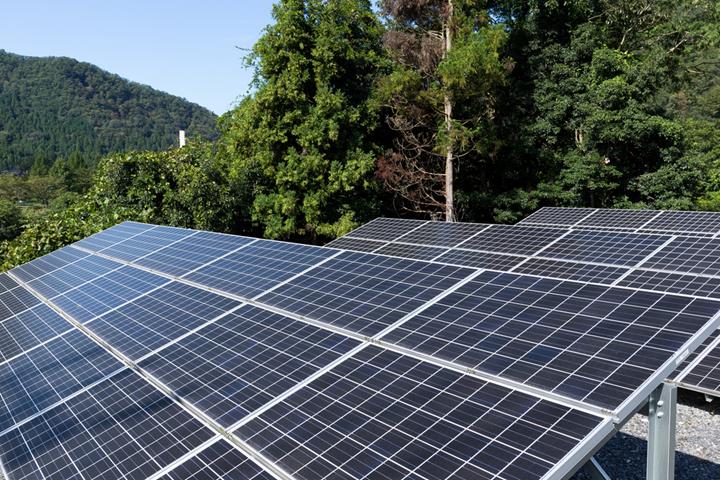One of the major factors that contribute to powering our planet is the source-to-consumer supply chain. When we introduce alternative energy investing methods for energy storage, smart grid, and electricity generation technologies, one can expect these innovations to affect parts of the supply chain. Improving energy storage technology will help the growth of the wind and solar power, which are two energy sources that remain cost restrictive as a result of the expenses related to the batteries which store energy.
Additionally, innovations in smart grids will help to manage energy movement throughout cities or states. This will help to ensure that a city or state does not experience blackouts. To make sure we utilize fossil fuels and other sources of energy and improve their efficiency, we should see developments in electricity generation.
Five different technologies have made the promise to change the energy industry over the next 20 years, therefore, here is a brief overview of the progress in development that these five have made.
1. Fuel Cell
In an attempt to release only heat and water as discharge, certain truck manufacturers, such as Kenworth, UPS (NYSE:$UPS), and Toyota (NYSE:$TM), have started to invest in fuel cell technologies. This means that their transport vehicles would be running solely on oxygen and hydrogen, which is one alternative energy investing method. Despite the production of hydrogen still using large amounts of fossil fuel, it is expected that the production will soon be fueled by renewable energy sources, thus making fuel cell vehicles a safer alternative.
It is predicted that Europe’s fuel cell production facilities will begin producing 50,000 fuel cell stacks by 2020, which will make the United Kingdom-based company, Intelligent Energy, the leading contributor of bringing green technology to the common people. As stated by Richard Peart, who is the Manufacturing Head of Intelligent Energy, “Hydrogen fuel cell powered vehicles are available now, but to continue to drive customer adoption, we need to ensure future fuel cell stacks are robustly industrialized and remain cost competitive in the future.”
2. Lithium-air batteries
Ever since the world was first introduced to electric vehicles, labs all over the globe have been developing lithium-air batteries, which are sometimes known as Lithium-oxygen fuel cells.
According to Science Daily, these storage units have not been introduced to mass markets yet, due to two weaknesses in its current form. These weaknesses include unpredictable short-circuiting and a quick loss of battery power. With that said, Cornell University has just recently fixed the latter problem, which means that we could be one step closer to these batteries hitting the mass market.
3. First Generation Smart Grid
To make a stable smart grid system, one needs to install smart meters in every household and building. This alternative energy investing method has smart meters which send usage information to your energy provider. This means that adjustments can be made to meet a certain location’s needs.
That said, there have been certain countries, such as the United Kingdom, which have struggled to adjust the technology to fit their infrastructure and business operations. On the other hand, in 2007, the United States jumped at the chance to have a smart grid system. They set up a task group which focused on ensuring a harmonized adoption of the first generation smart grid technology. Despite the process being slow, communities have created “microgrid” projects which allow consumer demand to drive operation.
4. Tidal turbines
Similar to wind turbines, tidal turbines are underwater pinwheels which rein in energy from wave movement. The technology for this alternative energy investing method has been set back in recent months, due to objections from fishermen and certain accidents, such as the recovery of Cape Sharp’s Tidal turbine on the seafloor.
Despite the setbacks, Scotrenewables Tidal Power launched a lost-cost turbine, just off the coast of Scotland. According to its manufacturers, this is the “largest and most powerful” turbine, with a two-megawatt power generation capacity. This new lost-cost turbine is considered to be extremely powerful as it has a retractable arm which gives it another mode of transportation and operation.
5. Space-based Solar Power
Moving solar power panels into space has considerably high costs, therefore, this is not considered to be effective for commercial energy production or as an alternative energy investing method. In fact, many worry about the transfer of generated energy back to planet Earth. Currently, solar power panels are installed on the ground and are in connection with the local power grid.
To summarize, these alternative energy investing methods are all interconnected. Progress in lithium-air batteries will shape the route of success for electric cars. These electric cars could be recharged with energy from tidal turbines or space-based solar panels. To quote Zainab Calcuttawala, this is “one small step for science and one giant leap for green-energy kind.”
Featured Image: depositphotos/leungchopan











